Following the release of the first HyperOS 3 stable update on October 14, 2025, numerous users started speculating the real disparity between HyperOS 3 Global and HyperOS 3 China. Although the two variants run off the identical base, Xiaomi made minute changes in order to accommodate regional requirements. Although it is widely believed that there is little functional disparity between the variants—the couple of which we do notice is critical to the user interface.
What is HyperOS Global?
HyperOS Global is designed for global users in areas such as EEA, India, Turkey, Taiwan, Russia, Indonesia and the Global build. The key purpose is to offer an effortless, global user interface with multilingual support and integration with Google service. It is shipped with Google Play Store, Google Maps, and other Google applications and is easier for global users to be used without China. Xiaomi phone and messaging app exist on some global Xiaomi phones.
Moreover, region-specific preloaded applications could be slightly different with respect to the location in which the device is retailed. Xiaomi also localizes system regionalization so people in each region get a smooth and native-like experience that meets regional regulations and regional language settings.
What is HyperOS China?
Conversely, HyperOS China is specially made for the in-market audience. Since China imposes regulations on Google offerings, this variant lacks Google applications. Xiaomi implements Chinese locals in lieu of Google offerings such as Google Play, Maps, and Assistant.
HyperOS China also comes with China-specific apps and features, likeChinese platform integration with local popular social platforms, regional payment solutions, and particular government applications. They give the localized and effective usage experience in mainland China.
Key Differences Between HyperOS Global and China
The choice between HyperOS China and HyperOS Global mainly comes with service integration, rather than performance or design.
Here are the comparison’s key points:
- Google Services: Available in Worldwide; missing in China.
- Preloaded Apps: Global ships with Google Contacts, Messages, and Dialer, but China ships with Xiaomi’s in-house apps.
- Localization: The global builds accommodate more languages and regional affinities.
- Visual Interface: The both versions contain the alike design, animation, and system type, with almost the same system features.
Even with such differences, the UI and animation of the system performance do not differ between the two versions because Xiaomi strives to streamline the software ecosystem under HyperOS.
Can HyperOS 3 China be installed on the Global Xiaomi phone?
Overall, HyperOS 3 Global and HyperOS 3 China hold no significant difference in appearance and motion. Differences exist mainly in terms of Google service integration and region optimizations. The users internationally will enjoy faster global app exposure, and the users in China enjoy closer integration with the local platforms.
Finally, the decision between the two rests within your region and ecosystem preferences. Either way you go with it, Xiaomi’s HyperOS provides you with a smooth, unifying experience across all devices. –

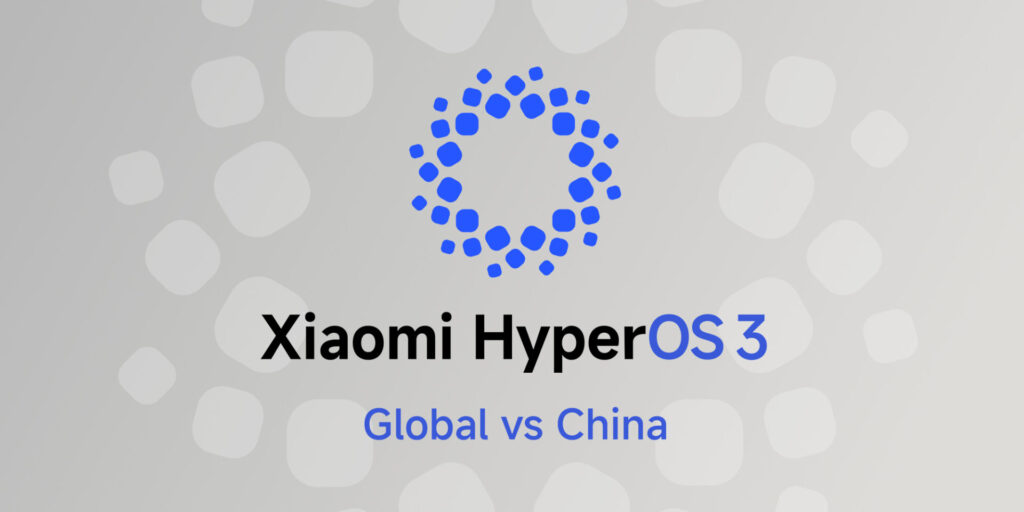
 Emir Bardakçı
Emir Bardakçı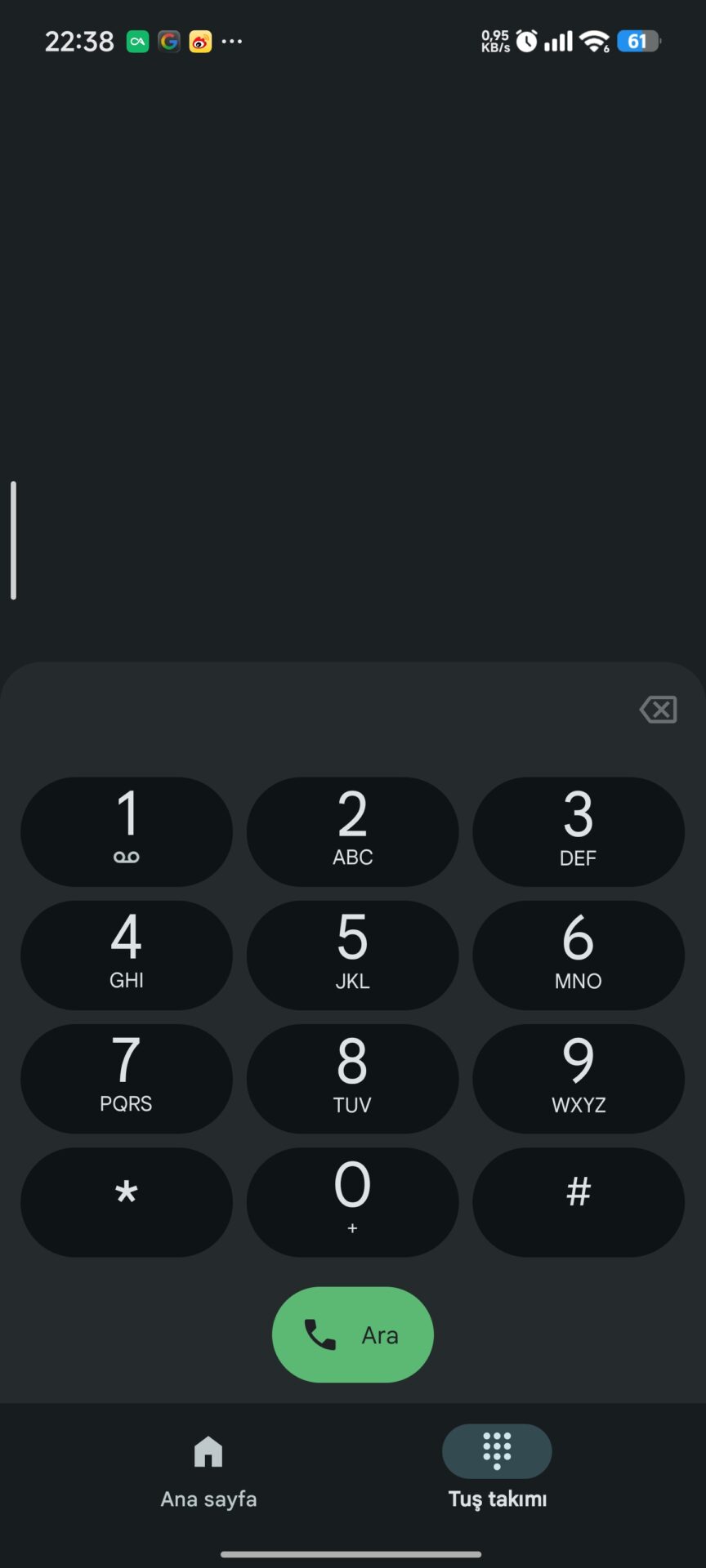
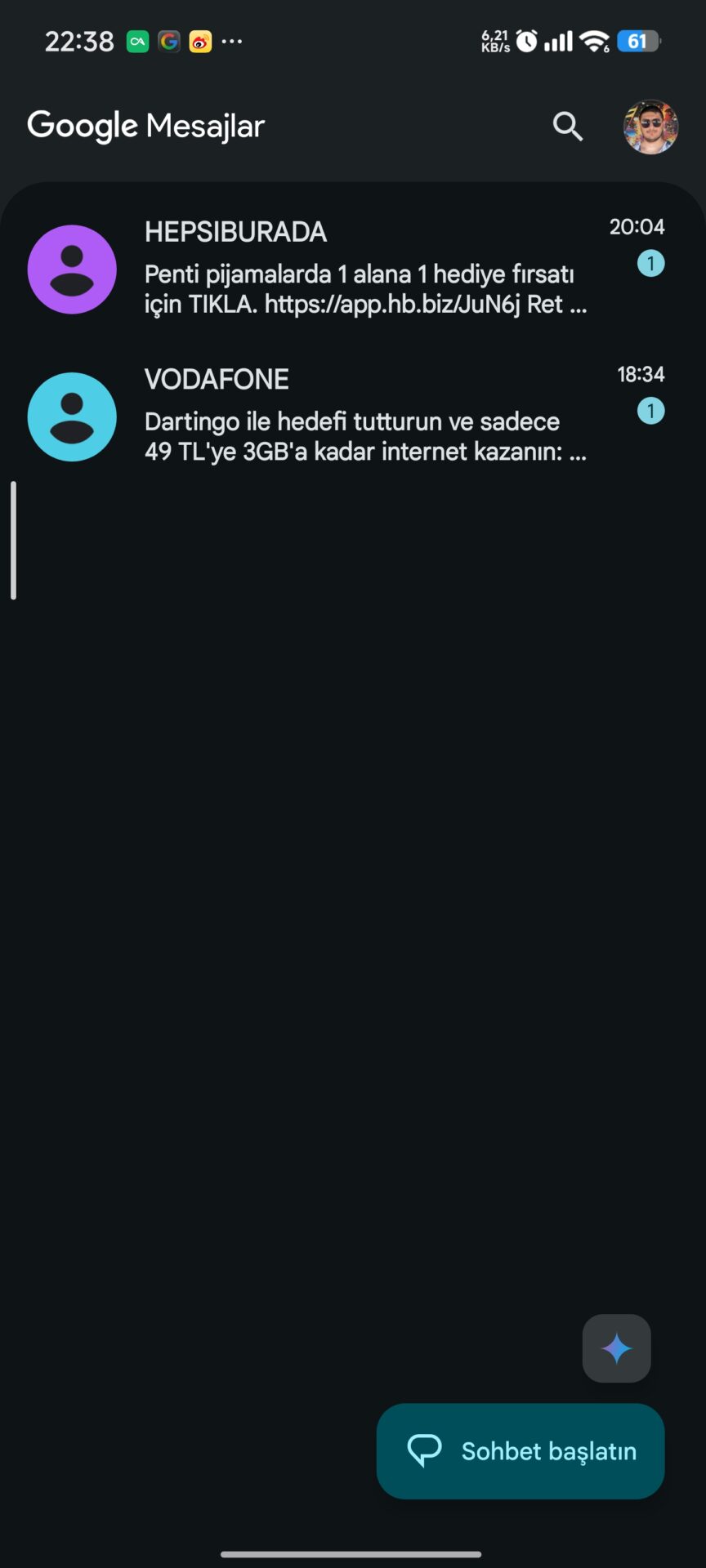
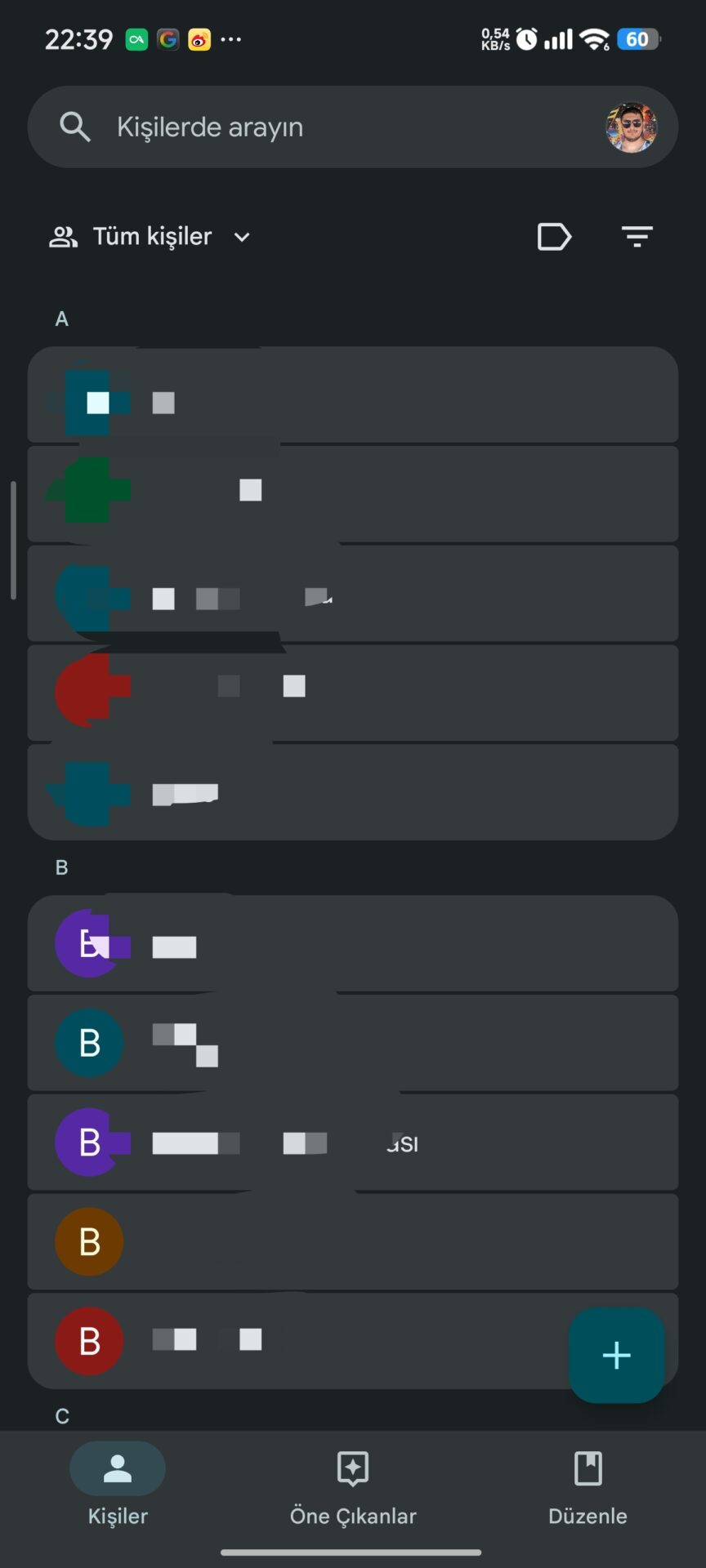
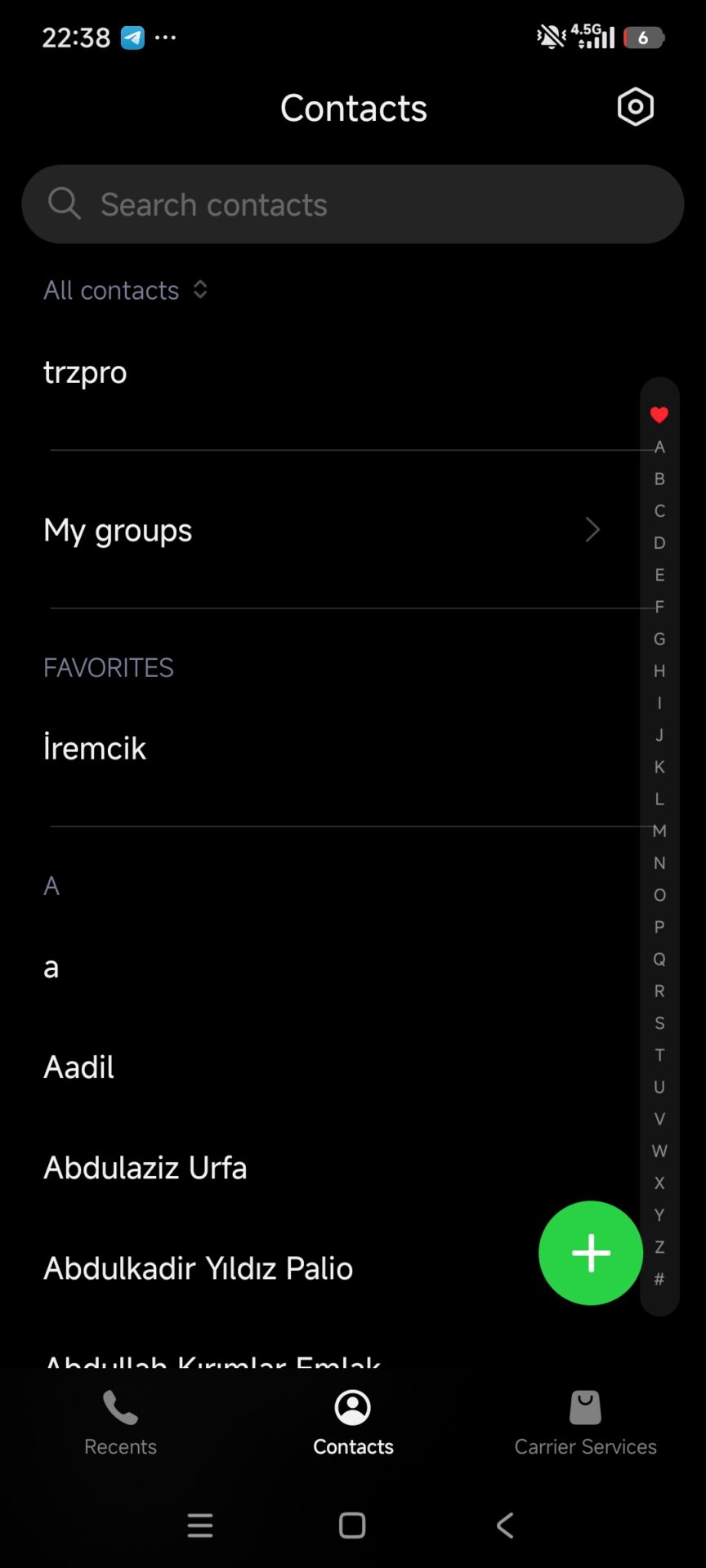
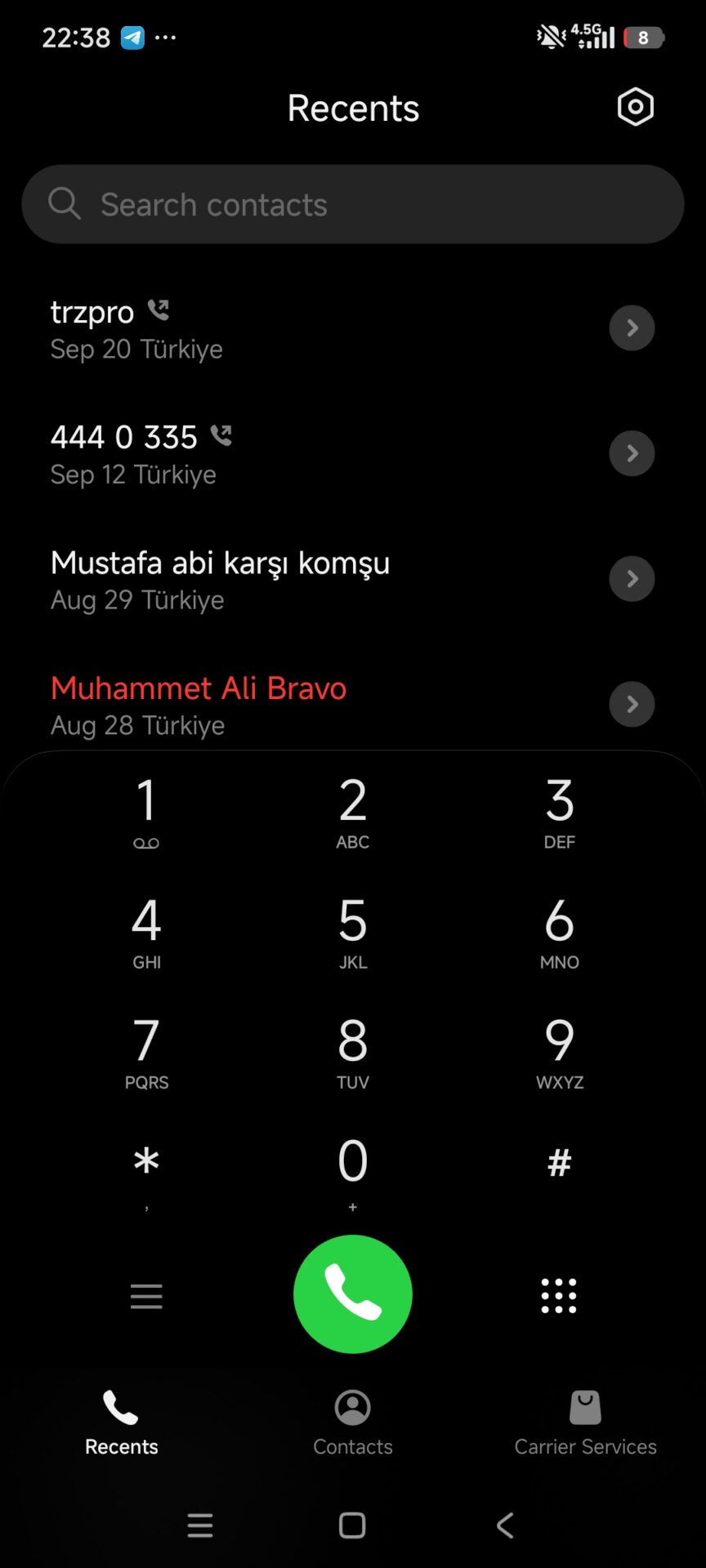
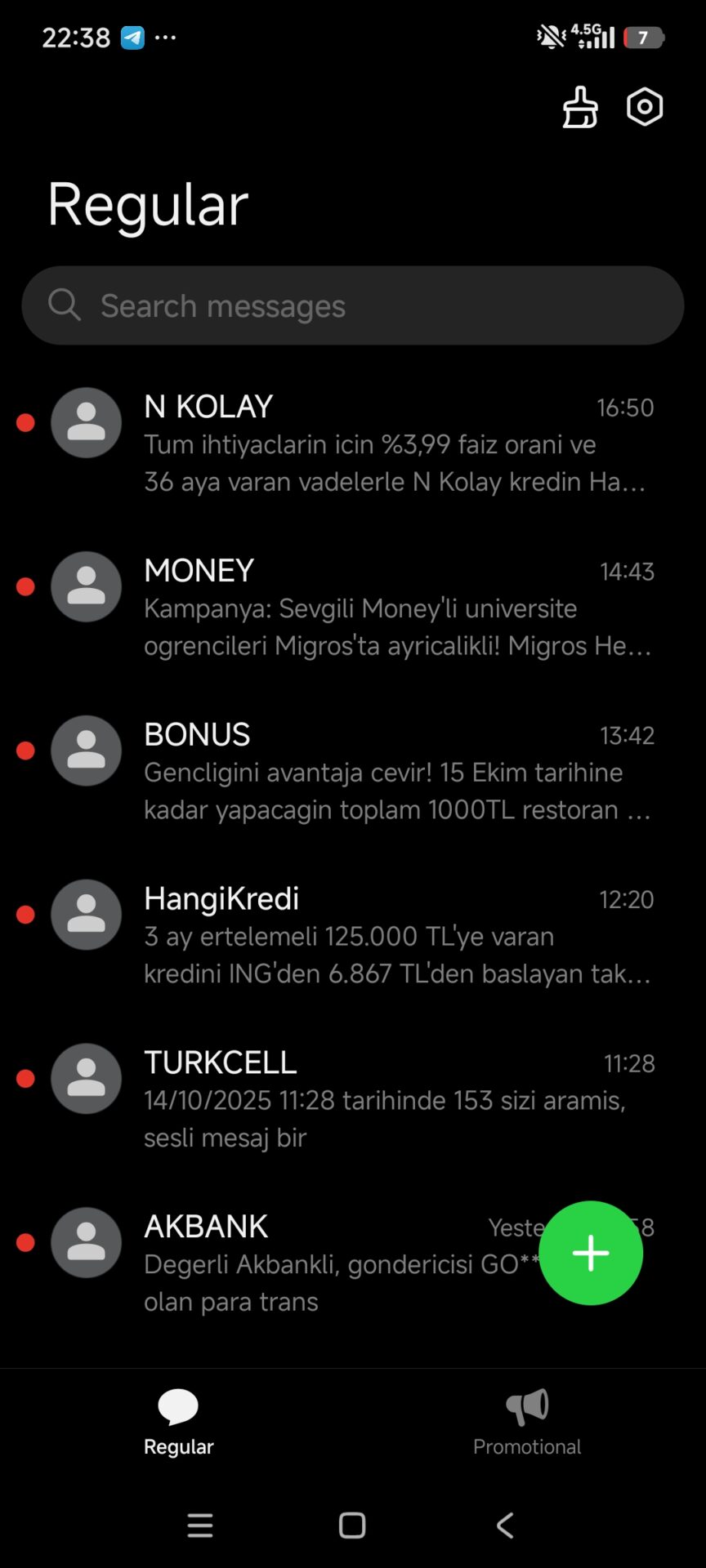



Global users want to get out of Google services and use Xiaomi native apps, XiaoAi is better than google grmini
Personally, I still like and really enjoy using Xiaomi’s built-in Phone and Dial. Google is actually great, but when it comes to settings, like blocking numbers that frequently interrupt daily tasks, Xiaomi’s built-in is still better than Google’s.
That’s bullcrap Xiaomi why can’t you be fair and create the same thing for everyone? Can’t you create a simple global Xiaomi dialer app for the global users? What makes it so hard.Samsung did it.From Korea but yet has a simple dialer not blaming it on Google.
Ok Good